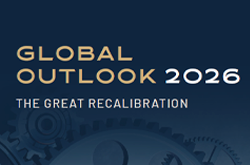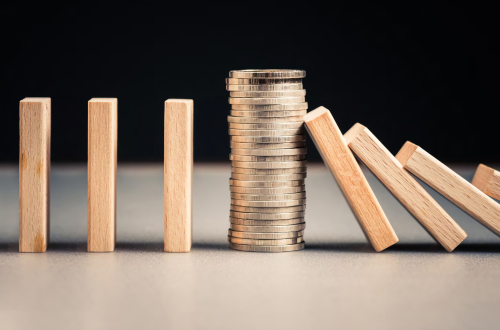Smells like animal spirits
Monthly House View - May 2021 - Download here
“Even apart from the instability due to speculation, there is the instability due to the characteristic of human nature that a large proportion of our positive activities depend on spontaneous optimism rather than mathematical expectations (..). Most, probably, of our decisions to do something positive (..) can only be taken as the result of animal spirits - a spontaneous urge to action rather than inaction.”
John Maynard Keynes, The General Theory of Employment, Interest and Money, 1936.
How should we interpret the current optimism of the equity markets, and how far can it go before encountering obstacles? Avoiding the term bubble, we can talk about enthusiasm, even euphoria, on the markets. Some signs are obvious: low volatility, record buying volumes, sky-high valuation multiples and stock prices that seem to be having analysts running behind daily. Market observers are competing to explain this reality.
A first theory could be a new price equilibrium. In sum, equity markets have found a new valuation system, justified by an alignment of positive factors: global economic recovery, strong earnings growth, secular transformations leading to new sources of growth and productivity gains. But we know the limits of this refrain: every time we construct a theory to justify record valuations (“this time is different”, as Kenneth Rogoff would say), reality catches up with us, a mirror of our excess optimism.
Another theory is a rational bubble. Rational in that investors are reacting positively to the signal sent out by the fiscal authorities (which have become the reassuring factor of the cycle) and monetary authorities (which have become the market makers for financial assets). This reasoning finds its limit, however, as this equilibrium is generally only temporary; because the excess debt ends up resulting either in higher taxes, inflation, or in lower growth, which in all cases comes down to reducing real long-term returns. A lesson from the history of economic policy: the means used to exit a crisis are often the cause of the next crisis.
A third explanation, which carries on from the second: excess leverage, subsidised by economic policies, is creating significant distortions in the prices of financial assets. If investors take advantage of the windfall from short-term zero-interest lending and the US government cheques to buy financial assets, we can understand why markets are beating our expectations. The popularity of stock market investing among US households partially validates this theory.
A last interpretation could be a somewhat tradi-tional short-sighted springtime effect. Investors would simply be extrapolating the very strong growth of 2021, which is partly due to a very strong base effect following the contraction of earnings in 2020. A sort of mathematical illusion and short-termism that does not factor in the probable slowdown in growth after 2022, and which often ends when the good news is priced in and the positive surprise ratio drops.
This leads us back to Keynes. After a traumatic year in 2020 on the health, human and economic fronts, our natural tendency is to switch from pessimism to optimism and focus on the good news, through the visceral need to be positive and project into the future, even when the present remains complex and uncertainties lie ahead. And our reflex - natural or conditioned by the over-abundance of information - is to react to the present. An initial step towards a sort of rationality would be to keep this in mind, to profit from the situation without excess, and be ready to react when the bears wake up...
Monthly House View, 23/04/2021 release - Excerpt of the Editorial
May 03, 2021




